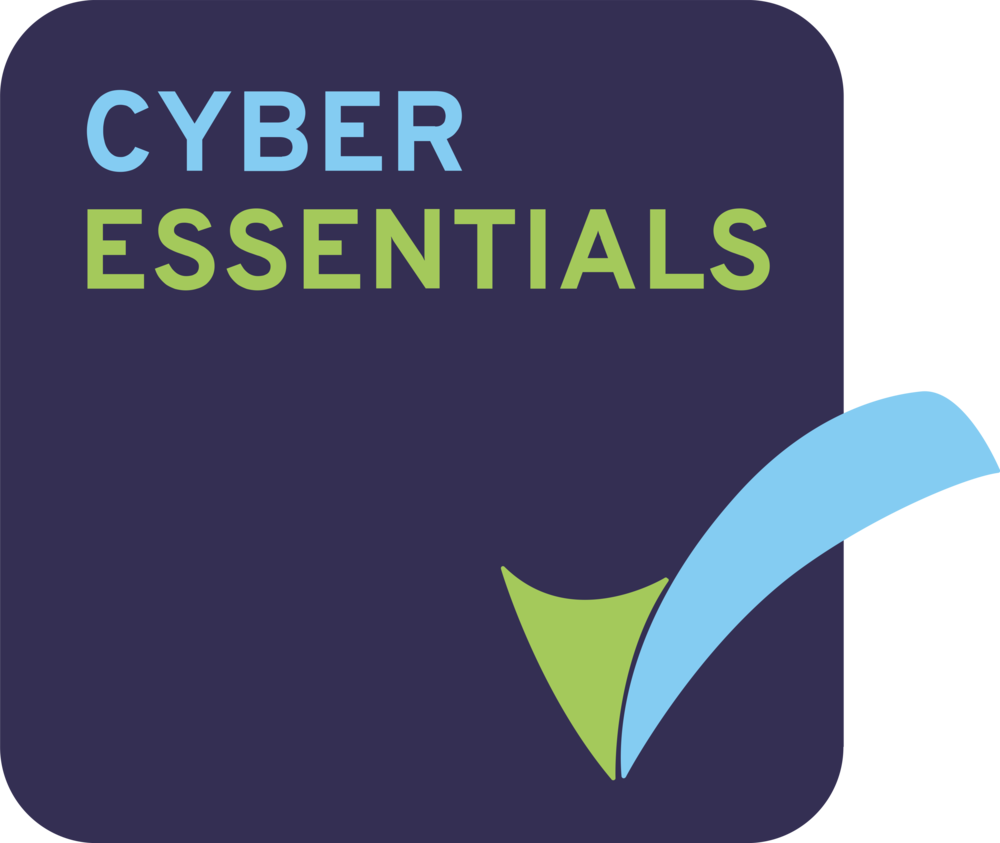In our previous post we looked at the psychology behind gamification and important questions that need to be addressed prior to implementing gamification in any given workplace.
Think of play as being at the root of gamification and when done well, people can engage in playful activities and still do business at the same time.
Some of the questions we addressed were:
- What are your employees needs and goals? Why are they playing?
- What’s holding your employees back from achieving their potential? Is it lack of belief that they are capable of completing the task or that there is any value in them doing so?
- What is their primary playing style? Do they work best alone or in a team? Are they competitive?
- What social actions do your employees find enjoyable, and why?
- What metrics do they care about? Are you measuring them against the right metrics to motivate them and hit targets?
The following post leads with the assumption that you have evaluated and thoroughly assessed the main principles of gamification and decided that it has the potential to benefit your contact centre.
So what’s next?
Here is a list of elements that you need when putting together your gamification strategy.
1. Identify your players
When crafting your game strategy there are four main types of players you need to identify and account for.
- Achievers – their main characteristics are to win, challenge and compare. They are focused on winning and care very little about team work, as long as they can improve themselves and win the game.
- Explorers – their main characteristics are to investigate, create and discover. They are driven to find out as much as they can about the virtual construct—including mapping its geography and understanding the game mechanics.
- Killers – their main characteristics are to hack, cheat and heckle. They use the virtual construct to cause distress on other players, and gain satisfaction from inflicting anxiety and pain on others.
- Socialites– are characterised by wanting to share, comment and help. They use the virtual construct to converse and role-play with their fellow gamers and ultimately create social connections.
Additional players can also be identified with the following characteristics:
- Free spirits – they are motivated by autonomy and self expression. They want to create and explore.
- Philanthropists – they are motivated by purpose and meaning. They are altruistic, and wish to enrich the lives of others in some way with no expectation of reward.
It’s important you understand and identify your players in order to ensure the game runs as smoothly as possible and each individual is incentivised and challenged in the right manner. Nonetheless it is worth keeping in mind that, though this offers a great starting point in understanding your players, people can’t be broken down into simple categories and these should only be used as a starting basis.
Gamified UK offer a vast list of player types you can reference.
2. Know your mission
Identify your current business scenario – what your players are currently doing – and your desired business outcome (what management wants to achieve) in order to set an appropriate mission for your gamification strategy.
For example, if your agents are not familiar with features of the product that are causing low customer satisfaction ratings, the mission could be to motivate agents to learn more about the product and share best practice with one another.
It is vital you evaluate and clearly understand the status quo as well as the desired scenario, in order to create a game that is useful in reaching a desired state.
3. Understand the power of motivation within Gamification
As Gabe Zichermann stated, gamification is 75% psychology and 25% Technology.
There are two general types of motivations: intrinsic and extrinsic. Intrinsic refers to internal motivations such as autonomy, mastery, and meaning. Extrinsic refers to external motivational techniques such as money, trophies, etc.
As mentioned in our Gamification Part 1 post, BJ Fogg’s behavioural model identifies three factors underlining any human behaviour:
Motivation: the person wants desperately to perform the behaviour (i.e. he is highly motivated)
Ability: the person can easily carry out the behaviour (i.e. he considers the behaviour very simple)
Trigger: the person is triggered to do the behaviour (i.e. he is cued, reminded, asked, called to action, etc.)
A good gamification design should seek to understand and align an organisation’s objectives with a player’s innate drive to do something, or their pursuit of activities that are rewarding in and of themselves. Then, through the use of rewards move the player through their journey of mastery. This journey requires elements such as desire, incentive, challenge, reward and feedback to create engagement.
4. Apply Gamification mechanics
Challenges
A challenge is a call to engage in a difficult, but achievable task. Challenges should be used in gamification to initially engage learners to start learning a task and to encourage those who are reluctant to start to take part in the process.
Challenges should be carefully designed as no one size fits all. The challenge setup needs to be tailor made depending on the context and the target audience. Look back at your personas and what motivates them, to find a suitable challenge for your team.
Manage, Monitor and Measure through leader boards
Leader boards are one of the major features in games as they offer a quick and easy way for users to track their performance based on that of others. Leaderboards visually display where a user stands in regards to others taking part in the game.
Leaderboards can be set up manually on a white board, implemented on dedicated websites or using workforce management tools to show which players have unlocked the most achievements and progressed in relation to other players and the end goal. The desire to appear on the leaderboard drives players to work towards earning more achievements, which in turn fuels employee engagement through a sense of achievement.
Rewards
People naturally enjoy being praised for their actions. Providing rewards and feedback on their actions, whether positive or negative, will incentivise them to play the game and strive for a positive reward.
Badges and rewards must be backed up by a coherent point system and paired with other mechanics such as leaderboards and challenges in order to create a complete and functional system. Gifts are one of several types of mechanics used in games to motivate users. While some games may utilise real-world gifts in the form of money, gift cards, etc., many games motivate players with virtual gifts e.g. flowers, badges.
Most importantly, focus on the needs of your users and what drives them by creating a coherent system of engagement-focused interactions. Ensure your badges are attractive, collectible and meaningful to ensure that your agents care about achieving them.
In short, you need quantifiable outcomes and provide appropriate rewards!
Don’t forget to join us for our third and final post on gamification where we’ll be looking at how you can use workforce management technology to deliver a gamification strategy that can help you in achieving your targets.















